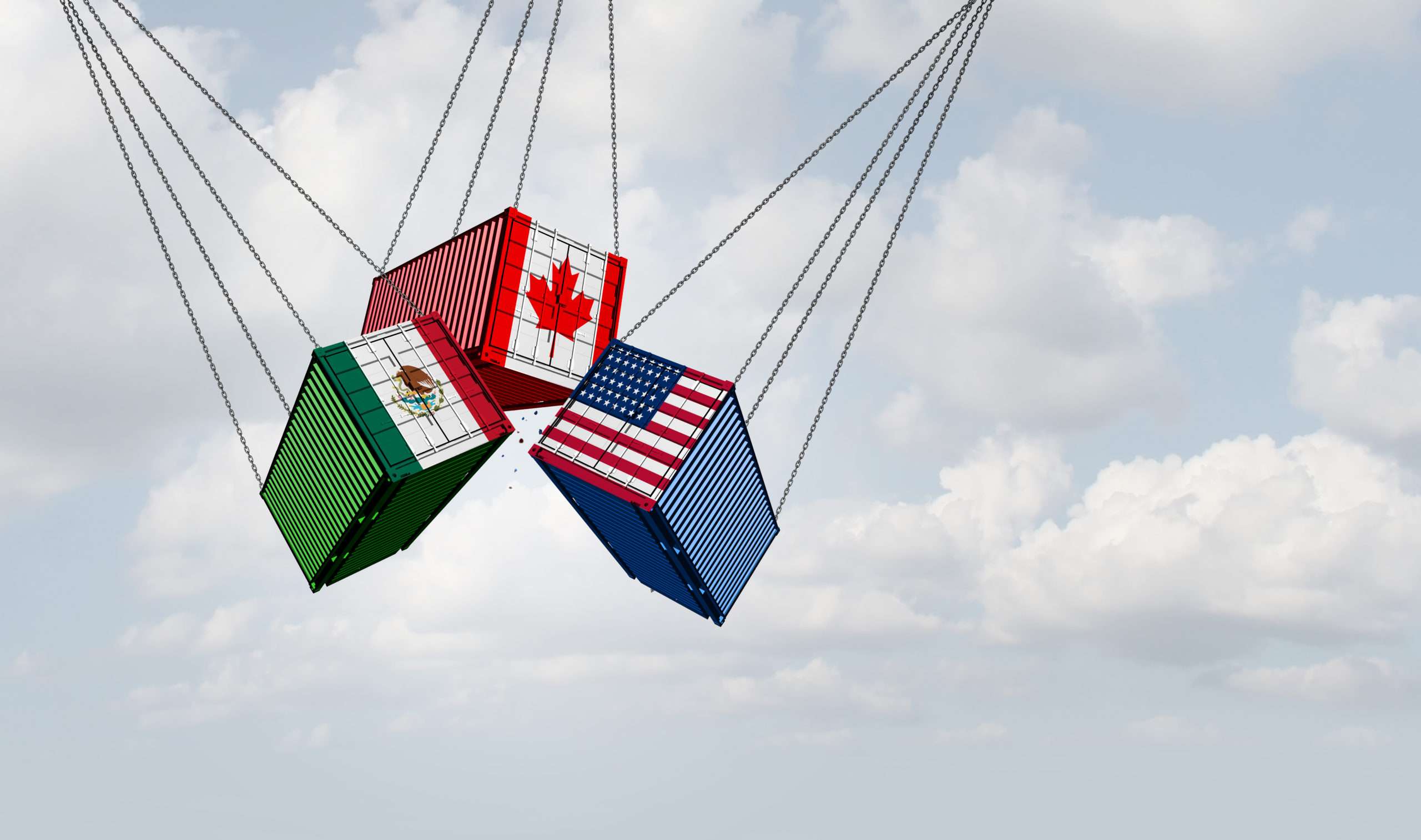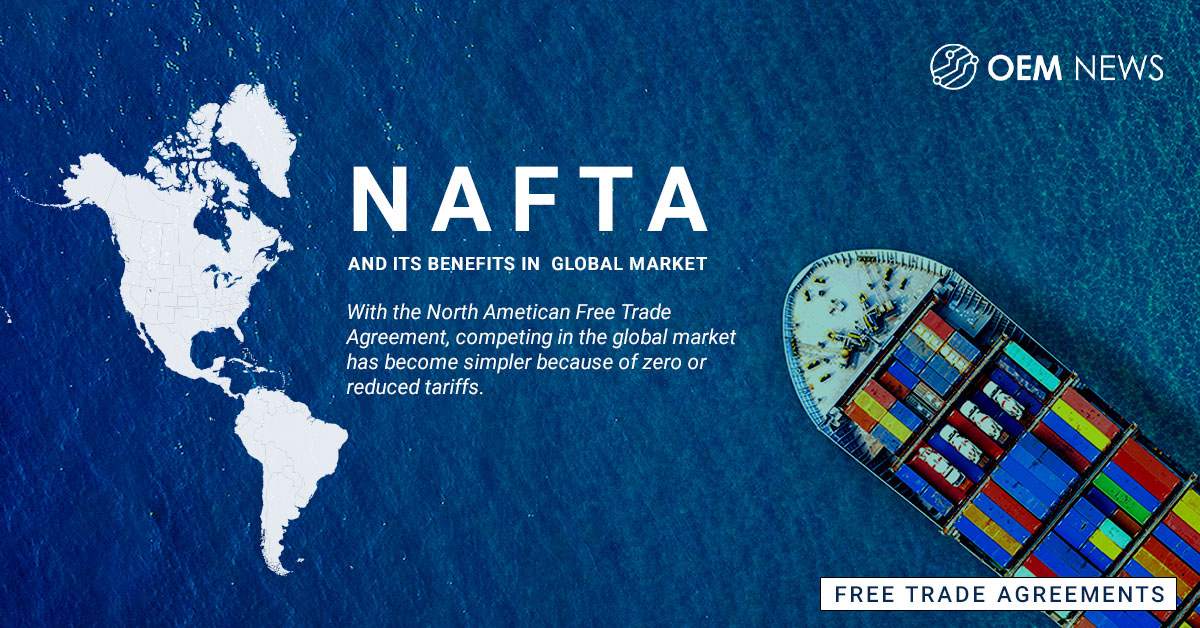Table of Contents
- Solved The North American Free Trade Agreement (NAFTA) | Chegg.com
- Dirt to Dinner | Food Matters
- NAFTA: Sejarah, Tujuan, Isi, hingga Perubahan Nama
- (PDF) The Effect of North American Free Trade Agreement (NAFTA): Ten ...
- 3 Things To Know About the 'New NAFTA' That Begins Today
- NAFTA: North America Free Trade Agreements & Its Benefits
- Why The United States Joined Nafta: Likely Explanations
- NAFTA Negotiations Set to Begin August 16 in Washington D.C. | KTLA
- Precios Justos en combustibles: cuánto subirá la nafta los próximos ...
- Apa itu NAFTA? Sejarah, Tujuan dan Anggotanya - Pijar Article



History of NAFTA
:max_bytes(150000):strip_icc()/nafta_definition_final_0916-9e11a7c08ab04b4b9392c8bb0582c305.jpg)


Key Provisions of NAFTA



Benefits of NAFTA
NAFTA has had a significant impact on the economies of the three countries, with several benefits, including: Increased trade: NAFTA has led to a significant increase in trade among the three countries, with trade volumes increasing from $290 billion in 1993 to over $1.2 trillion in 2020. Job creation: NAFTA has created jobs in all three countries, particularly in the manufacturing and service sectors. Increased economic growth: NAFTA has contributed to economic growth in all three countries, with the agreement helping to increase GDP and reduce poverty.